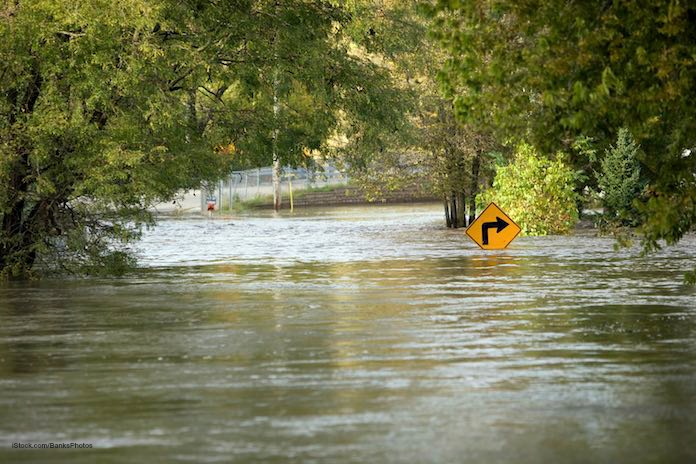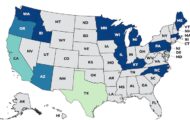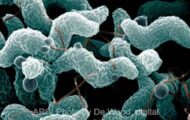There is terrible flooding in some parts of the United States. The FDA is offering advice on how to keep yourself safe from food poisoning after a flood. Flood water is usually filthy and filled with bacteria, viruses, and parasites. It can carry E. coli bacteria, Salmonella, Shigella, hepatitis A, and tetanus.

If you have time before a flood or weather emergency, make sure you have appliance thermometers in your fridge or freezer. Freeze containers of water to help keep food cold in the fridge, freezer, or coolers. Have a supply of bottled water stored where it will be above the flood water.
If flooding occurs, only use water from a safe source for drinking, preparing food, and for washing. Bottled water that has not been exposed to flood water is safest.
If you don’t have bottled water, you should boil or disinfect water to make it safe. If you get water from a well that has been flooded, it must be tested and disinfected after the flood waters recede. Your local or state health department or agricultural extension agent will have information about how to do this.
If the water is cloudy, filter it through clean cloths, or let it settle and draw off the clear water. Boiling water will kill most types of disease-causing organisms; bleach will kill some, but not all, disease causing organisms. Then either boil the filtered water for 1 minute, let it cool, and store it in clean containers with covers, or disinfect it with bleach.
To use bleach to disinfect water, add 1/8 teaspoon (8 drops) of unscented, liquid chlorine bleach per gallon of water. Stir and let stand for 30 minutes. Store the disinfected water in clean containers with covers.
Unfortunately, water bottles that have screw-caps, snap lids, pull tops, and crimped caps are not waterproof and may harbor pathogenic bacteria. Don’t consume water in those containers that has been exposed to flood water even if they appear to be completely sealed.
The rules are the same for food. The only food containers that are waterproof include undamaged, commercially-prepared foods in all-metal cans and “retort pouches” such as seafood pouches or shelf-stable juices. Other types of containers are not waterproof and cannot completely protect the food from bacteria.
Discard any food in damaged cans. Those include cans with swelling, leakage, punctures, holes, fractures, deep rusting, or crushing/denting that is severe enough to prevent normal stacking or opening with a manual can opener.
To use food in undamaged cans and retort pouches, first remove the labels, since they can harbor bacteria and dirt. Wash the cans with soap and hot water. Rinse well, and then sanitize by boiling the cans in clean water for 2 minutes, or immerse them in a solution of 1 tablespoon liquid chlorine bleach to one gallon of water for 15 minutes. Then let the cans and pouches air dry for at least 1 hour before storing. Mark the cans with a permanent marking pen. Use the food as soon as possible.
And know the signs of food poisoning, which include vomiting, diarrhea, abdominal pain, fever, headache, and body aches. These symptoms usually begin 1 to 3 days after exposure to the pathogen, although some people can get sick within 20 minutes of exposure, or up to 6 weeks later. If you do get sick, see your doctor.




